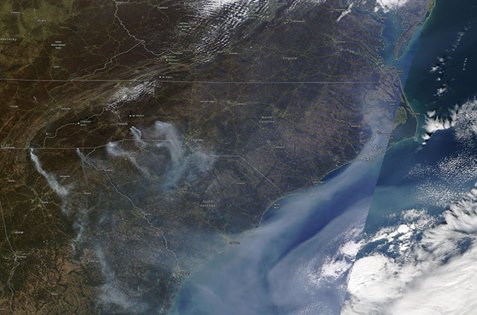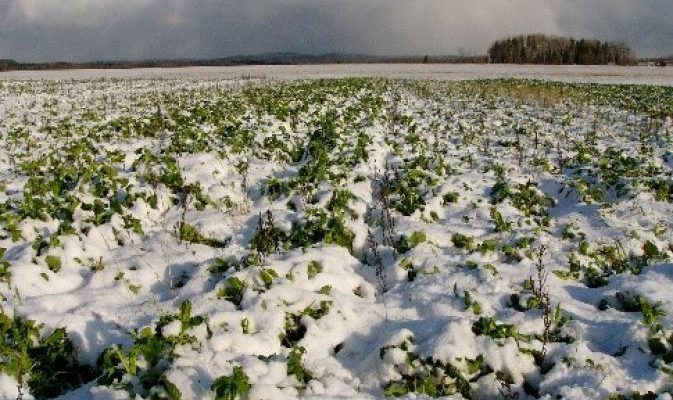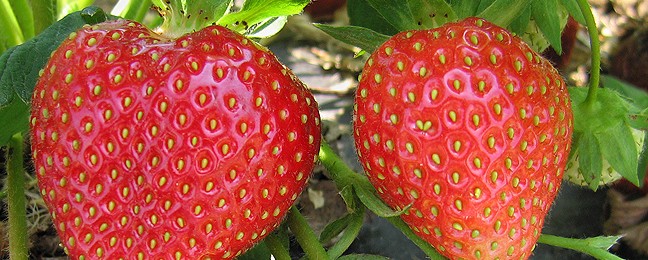-

Aerosols are tiny particles floating in the air. They can come from natural sources like bursting bubbles on the ocean, which release tiny crystals of sea salt into the air, or volcanic eruptions, which emit ash and sulfuric acid as tiny droplets. They can also come from human pollution like emissions from the tailpipes of…
Posted in: Climate science -

Rain will occur across the region this week, although the lightest amounts are expected to occur where most needed in southern Georgia and northern Florida. All of that rain will fall in the next three days as the next storm system moves through the area and will be followed by four days of no rain…
Posted in: Climate outlooks -

If you like satellite images of Earth, you might enjoy this video which captures some historic views of the Earth from various vantage points in space. It’s put together by NASA and is about four minutes long. You can view it at https://earthsky.org/space/earth-from-space-photos-video.
Posted in: Interesting weather images -

The latest Drought Monitor, released on Thursday, show that an area of severe drought has been added to southeastern Georgia in response to very warm temperatures and lack of rainfall. Moderate drought was introduced to the South Carolina coast as well. Drought was removed from northeastern Alabama and northwestern Georgia due to copious rain there.
Posted in: Drought -

Drovers’ Newletter posted an interesting story today about the impacts of severe weather on forage quality and quantity. Flooding, drought, and high humidity all played a role in affecting forage production in 2017. This is a timely topic for me since I spoke today at a short course on forage and hay in Burke County,…
-

The Southeast is not the only place that has been running above normal in temperature. The Packer noted this week that strawberry production in California is running about three weeks ahead of normal due to warm weather earlier this season. They also noted that recent cooler temperatures are helping to keep the plants healthy. You…
-

The National Phenology Network (NPN) provides information about the progress of physical events like budbreak, appearance of some insects and specific pests, and ice-off dates on lakes (in cold areas of the country). A recent article using their phenology map shows that this year we are running about 22 days ahead of average conditions for…